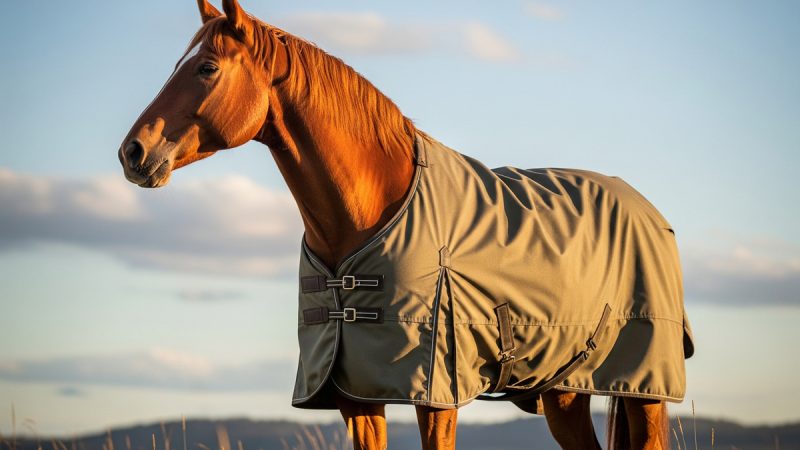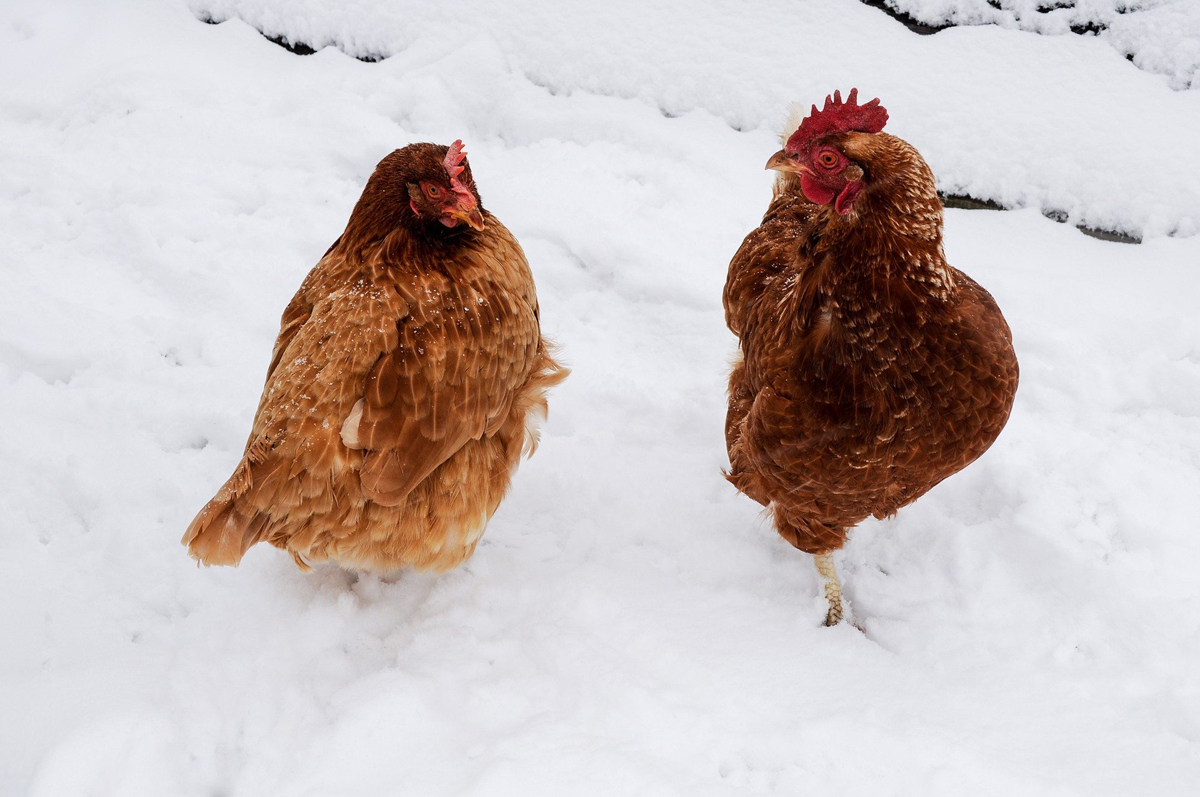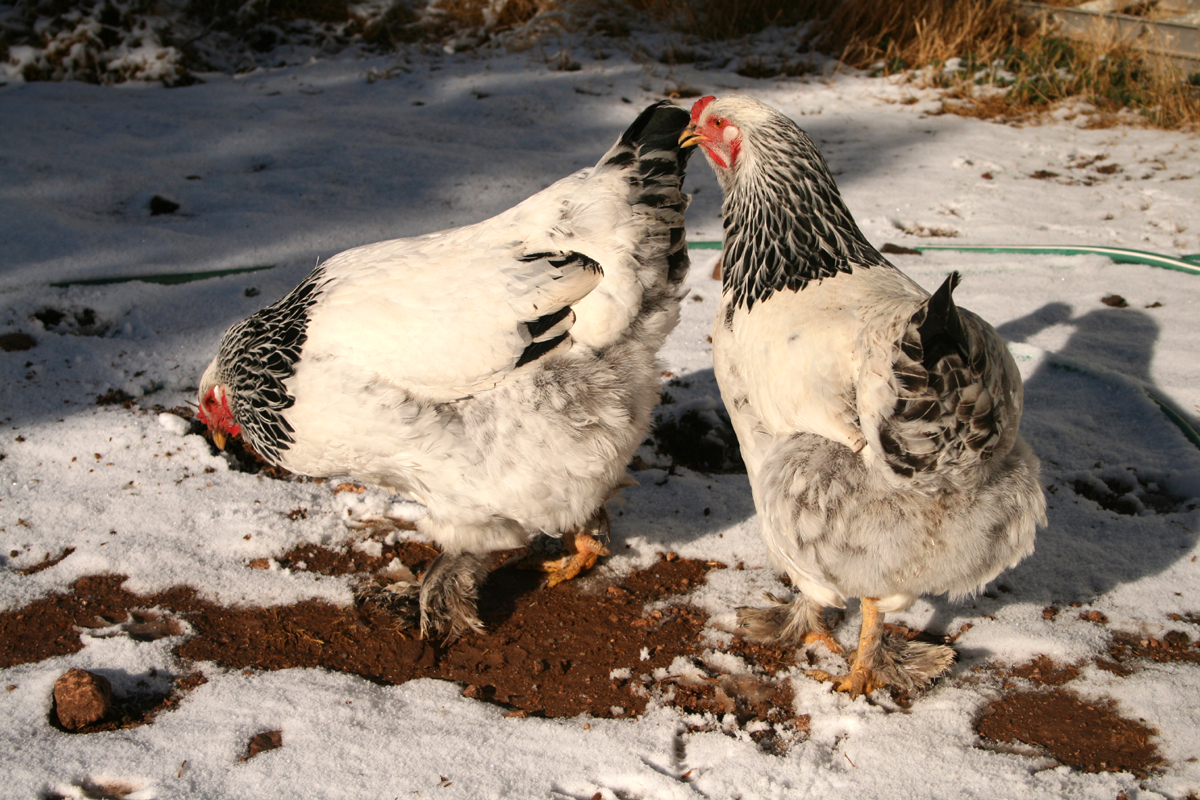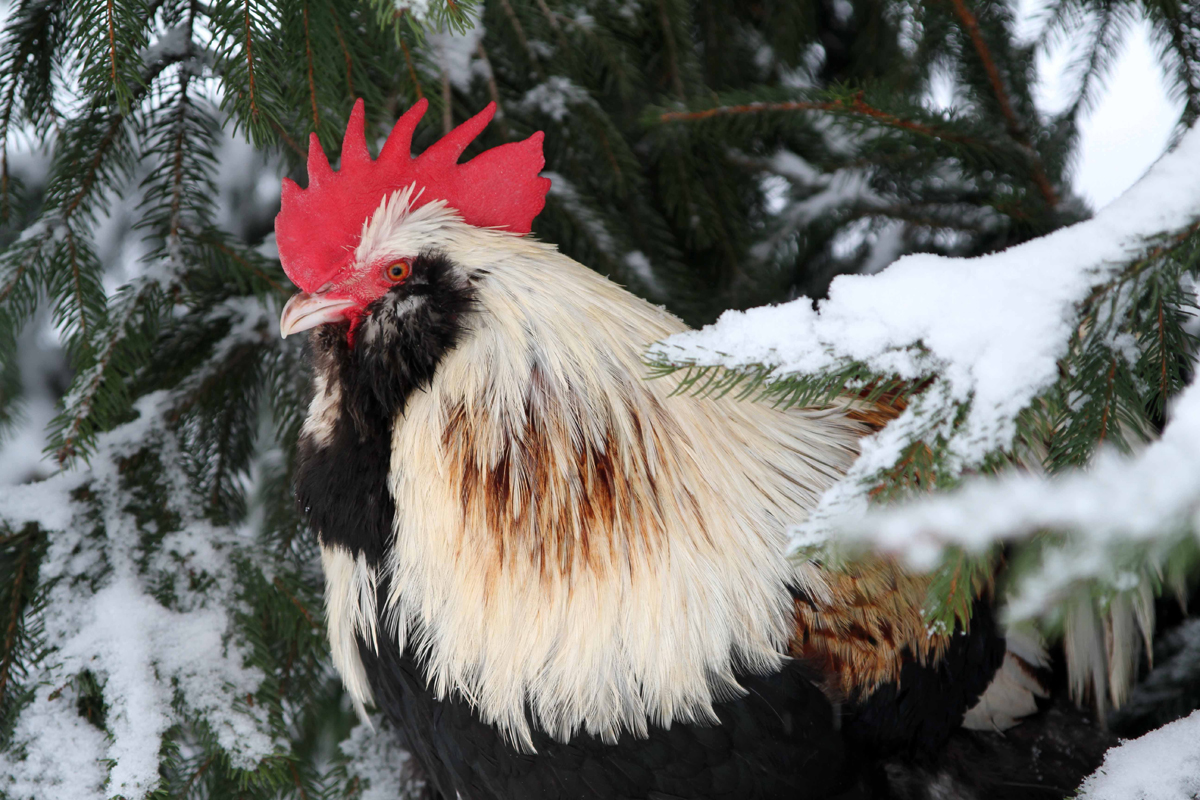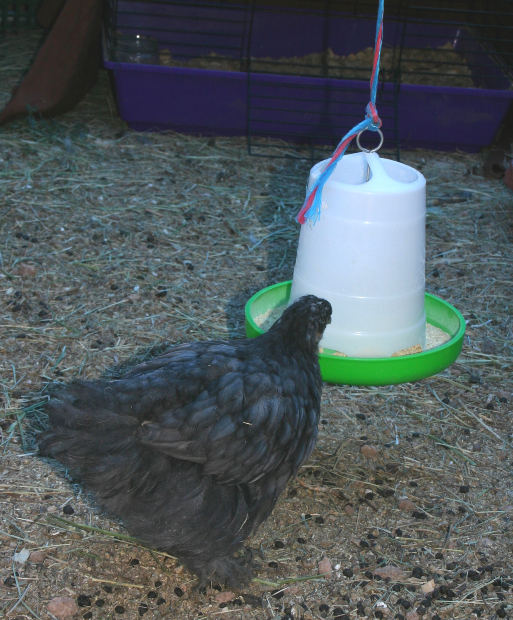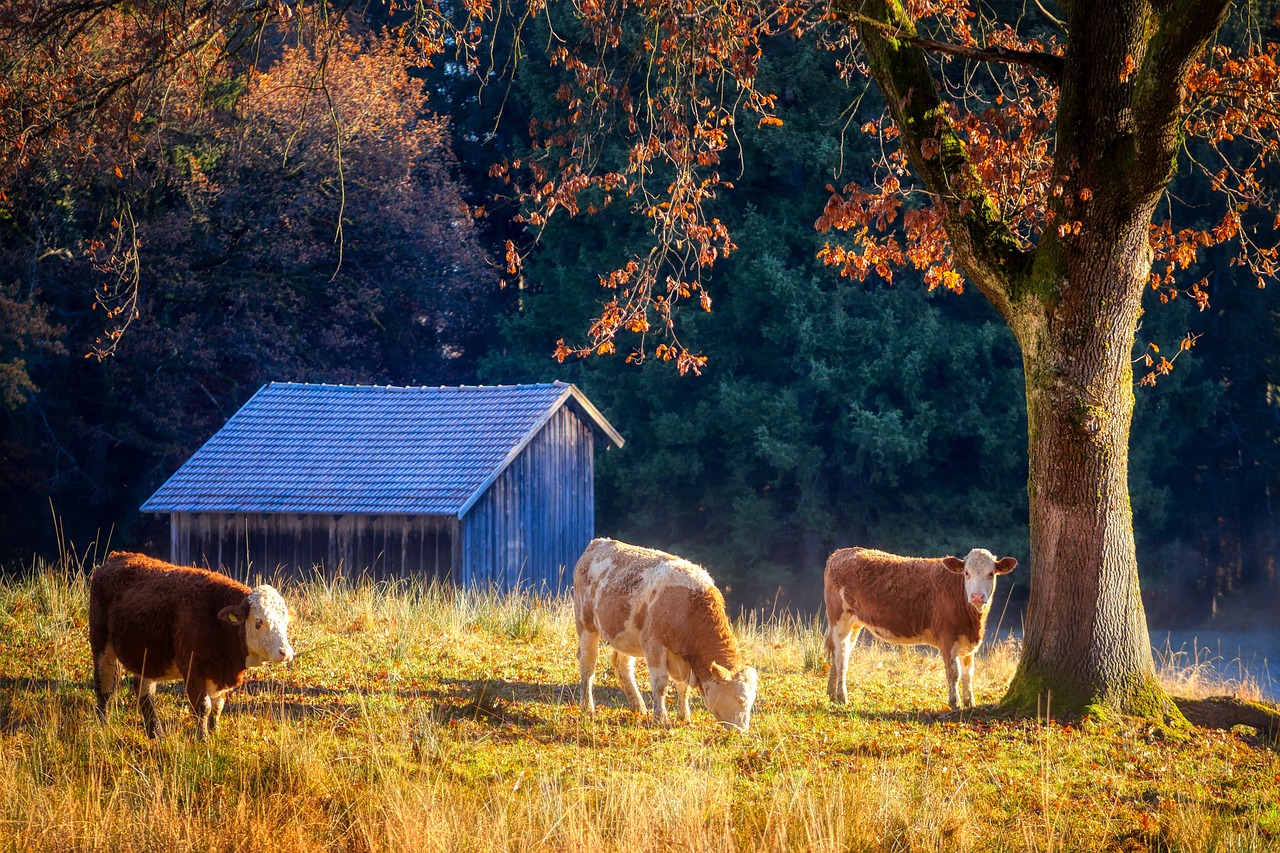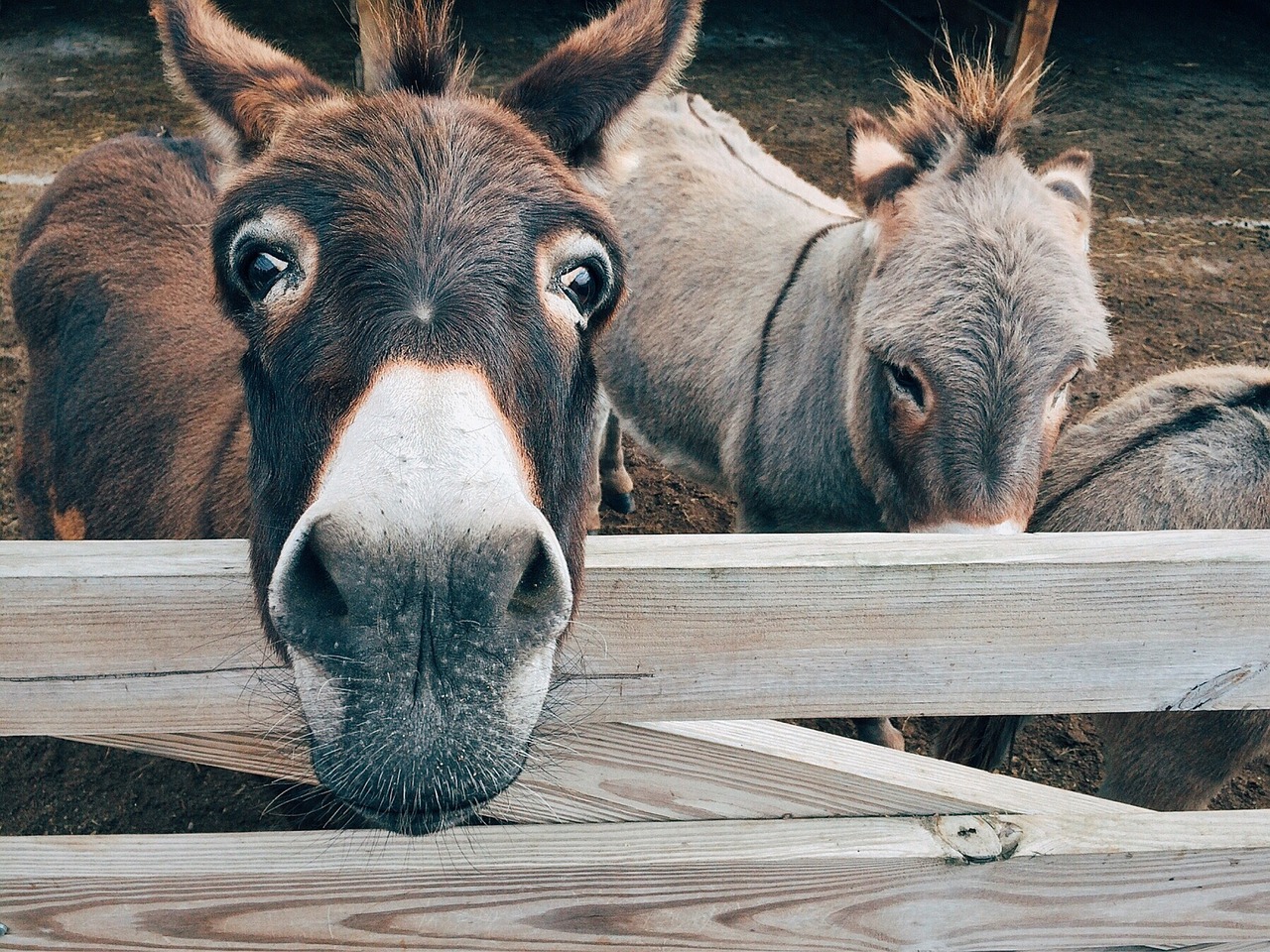Selecting a Breed of Chicken
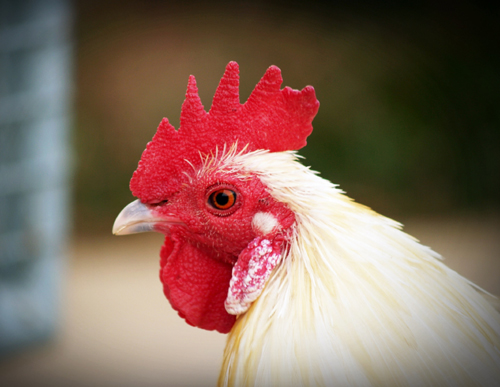
They’re Not Just Chickens
Chickens come in all shapes, color, sizes… and purposes. Did you know that selecting the type of chicken to raise in your backyard depends on what you want to get from them? There are basically three groups of chickens to select from according to purpose: the egg laying variety, the meat-producers and the dual purpose type. Each of these groups of chickens is bred according to a specific use. It is important to first determine what kind of product you want to get from your chickens and raise the variety that can best give you what you need.
A working knowledge about chicken breeds is going to be very helpful in for the beginner. A visit to a chicken raiser in your area to ask him about the different breeds as well as their specific characteristics will really pay off. Most of those who are raising chickens will be very happy to help beginners start their flock. If there is no one raising chickens in your area, there is a lot of information which you can get from your local library or the internet. In fact, if you read through this article you are going to get useful information about the different types of chickens and other chicken data such as the breeds of chicken for eggs and the best chickens for meat as you begin your foray into backyard poultry raising.
Sunny Side Up, Please: Breeds of Chickens for Eggs
If you can’t live without your sunny side up for breakfast, then you’ll want to get chickens of the egg-laying variety. The best breeds of chicken for eggs include the White Leghorns, Golden Comets and Red Sex Links. White Leghorns are prolific producers of white eggs. White Leghorns can give you around 270- 290 eggs per year- that’s the number of eggs per chicken or how many eggs a single White Leghorn hen can give! The Golden Comets and Red Sex Links are also excellent layers. They produce brown eggs.
Here’s a little trivia: Did you know that the color of the eggs that a chicken will produce can be determined by the color of its earlobes? A chicken with red earlobes will produce brown eggs and those with white earlobes will lay white eggs. Although, there is no significant difference between these two kinds of eggs in terms of nutritional value, the brown eggs are generally larger than white eggs. The best egg layers come either small to medium size. Thus, they are only good for egg production but they are not the best to breed for meat.
I Want My Buffalo Wings, Baby: Best Chickens for Meat
Buffalo wings never fail to excite the taste buds and if you want this for lunch anytime of the week, then you should be raising the meat producers. The best chickens for meat include such breeds as the Rhode Island Red, the Langshan, the Dorking and the Cornish. Most of the commercial breeders use these basic breeds to produce meat for large scale commercial sale. These birds weigh from 8 to 10 pounds and are very docile. The meat variety is often a cross or blend of these large breeds. Aside from being able to easily adapt to open spaces as well as small coops and pens, these types of chickens also grow very fast. The Cornish, for instance, can reach 4 to 5 pounds in 6 weeks and 8 to10 pounds in 12 weeks. This makes it a very good foundation for other meat breeds.
The Best of Both Worlds: Chickens for Eggs and Meat
If you want the best of both worlds, there are chickens that produce both eggs and meat. These types of chickens are best represented by American breeds such as the Plymouth Rocks, Sussex, and the Wyandottes. Known as the dual purpose type, these chickens lay eggs reasonably well and are large enough for meat production. These varieties come in different colors and are generally docile. They have a generally tame temperament. Rhode Island Reds are known as one of the best breeds of chicken for eggs and meat production.
Feed Requirements
A lot of people shy away from raising chickens in their backyard because they mistakenly think that feeding them is hard work. However, feeding chickens in your backyard need not be complicated. This task can even be made simpler if you decide to free-range your chickens since all you need to do is to give them supplemental feeds like grains or the commercially-prepared chicken feeds. Free-ranged chickens will normally scratch their food around.
However, if you are confining your chickens in small coops or stalls then you have to make sure that you give them a well-balanced diet. There is a wide array of commercial feeds in your local poultry shop that you can choose from. These pre-packed feeds are usually a mixture of different grains and crumbles.
Just remember 3G’s in feeding penned chickens: grains, grass and grit and you will surely do well. Vitamin supplements from time to time will help your cooped chickens get the essential nutrients that they would have gotten from bugs and other insects had they been ranged. Grit is also very important for them in digesting their food since these serve as their teeth. Chickens that are free-ranged will just find grit in the ground but this need to be given to cooped chickens on a regular basis.
Don’t forget to give them fresh and clean water. Whether free-ranged or penned, chickens should always have a regular supply of clean water. Water needs to be changed and containers cleaned regularly. Pathogens that can cause different diseases in your chickens thrive well in dirty water containers.
Climate
Most of the chicken breeds are very adaptive to different climates. It cannot be denied, however, that changes in environmental temperature like sudden rain and season changes can be very stressful for them. And just like humans, their bodies will be prone to infection when they are under severe stress. There is nothing you can do about the climate in your area but you certainly can minimize its bad effects to your chickens by providing them with proper housing. You can help your chickens cope during the rainy season by building covered coops or putting up roofs above their pens. In areas where the temperature gets scorching during the summer, a roof or plants can give your chickens a comfortable hideout just in case the sun gets too punishing. And again, regardless of the climate, clean water should always be within your chicken’s reach. Water helps them regulate environmental temperature.
A Final Word
If you are serious about raising chickens in your backyard, determine what you want to raise them for and get the type of chicken breed that best fits your purpose. This will result in a very rewarding experience raising your backyard flock.
The Author:
Jason Surrat – I am just a guy who likes to know where my food comes from. I enjoy walking into my backyard and grabbing breakfast from my coop. A small flock of hens can increase your health and dependence on the grocery store.

